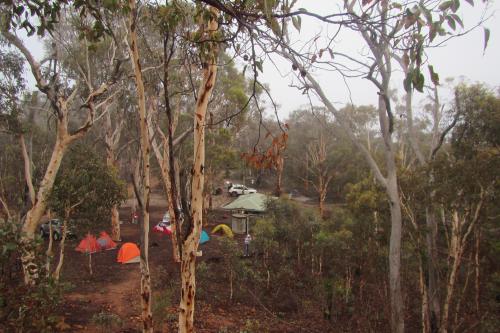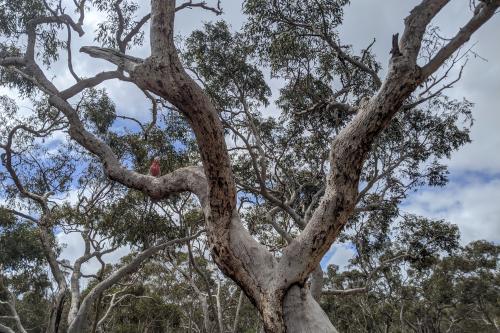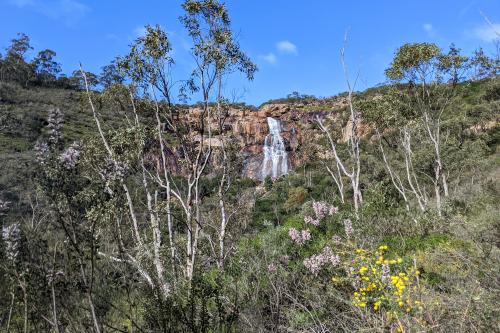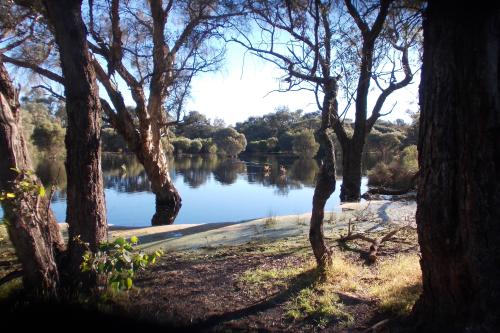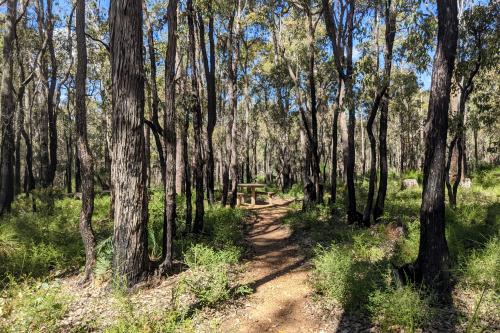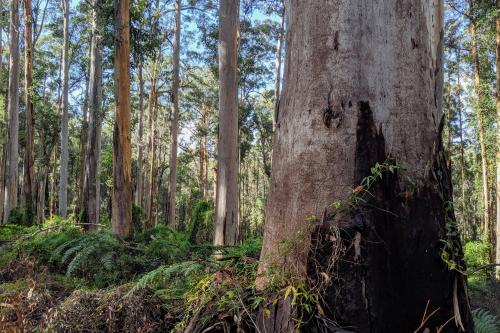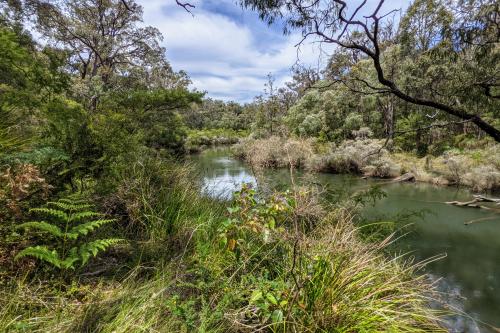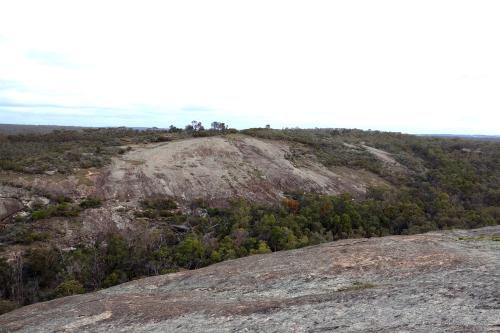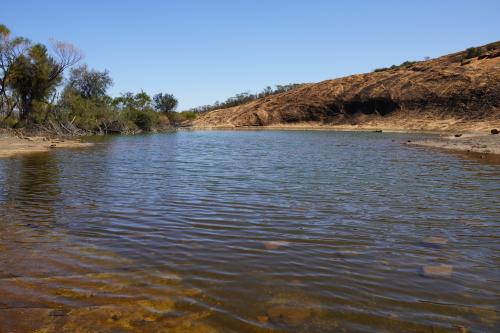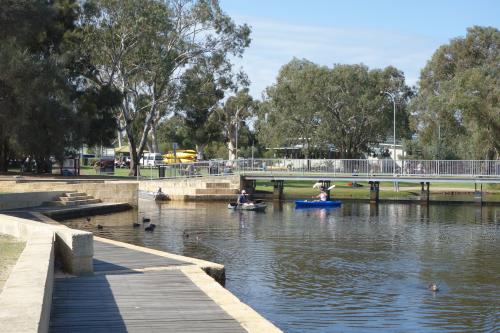You can go hiking, rambling, trekking and tramping but in our parks we call it bushwalking.
Bushwalking includes everything from short walks on flat, well-formed tracks to multi-day expeditions that should only be attempted by the fit, experienced and skilled.
There are thousands of kilometres of trails managed by Parks and Wildlife to explore. To help you decide whether a trail offers an experience you're looking for, and that you can enjoy safely, most have been classified according to the Parks and Wildlife Service Walking Trail Classification System. This classification system is very similar to others used throughout Australia. The table describes what to expect for trails in each classification. Always check the trail classification before heading out on the trail.
You can find detailed information on trails at Trails WA. You can also find information about WA’s two longest walk trails at Bibbulmun Track and Cape to Cape Track. These trails cover 1000km and 150km respectively, but shorter sections are often completed as day walks. There are sections suitable for almost everyone.
Tour operators provide safe and enjoyable tours at many locations in Western Australia. Tours are great if it's your first time bushwalking but also for experienced walkers visiting and wanting to learn about new locations.
Reduce your environmental impact by staying on established trails and camping in designated campgrounds if your bushwalk is overnight. You will also be safer and less likely to get lost. If you, or one of your party, suffer an injury or illness, it will be easier for help to reach you.
Bushwalking takes you away from the busiest areas of parks. You will meet less people, be more deeply immersed in the natural environment and need to rely more on your own physical capabilities and resources. To help you prepare, and to enjoy safe bushwalking, see the menu of more detailed Safety advice, especially the sections on Bushwalking and Natural area hazards.
A number of bushwalking clubs offer a wide range of walks with experienced leaders as well as navigation and safety training. Find out more from HikeWest.
The Orienteering Western Australia and the Western Australian Rogaining Association run various cross-country navigation events. Like all events that take place in our parks, their likely impacts are assessed before they are given permission to proceed (see 'Conducting an event in a park').
